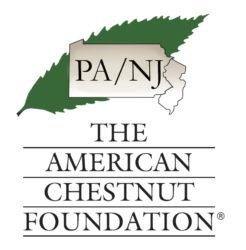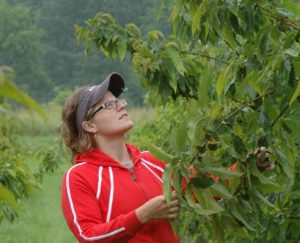The American chestnut (Castanea dentata) was once found throughout the forests of the Appalachian Mountains and was a primary component of Pennsylvania’s forests. In the 1800s, plant importation brought with it a devastating fungal disease that all but eliminated the American chestnut from its original range. Researchers at Penn State have been on the forefront to restore this species, exploring the many facets required for the reintroduction of disease-resistant populations.
The Appalachian forest ecosystem is vastly different now than it was over 100 years ago when the American chestnut was often the dominant species of a stand. Invasive and exotic vegetation, introduced diseases and pests, ravenous and excessive deer herds, overdevelopment, and threats of climate change face a species made effectively dormant by introduced disease.
Given all those hurdles, one might think working toward chestnut restoration is simply a setup for defeat. Luckily, current research suggests populations of American chestnut could be self-sustainable, despite changing pressures, within the next 50 – 100 years.

